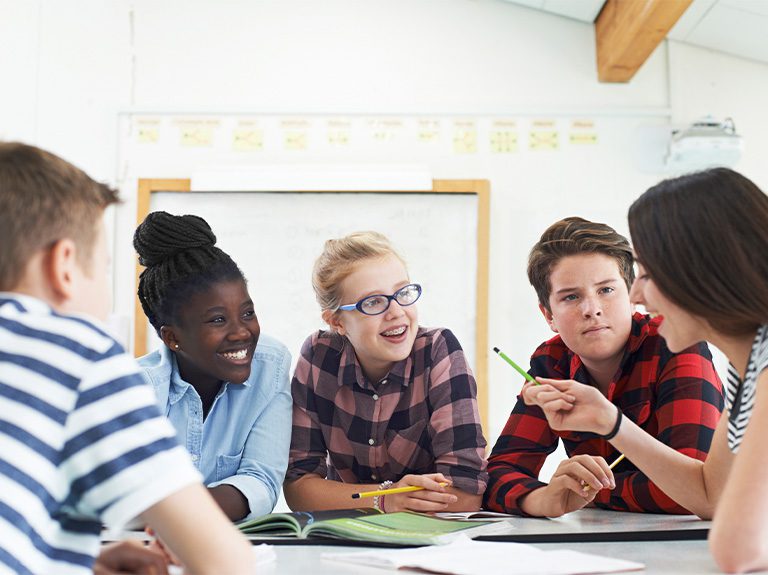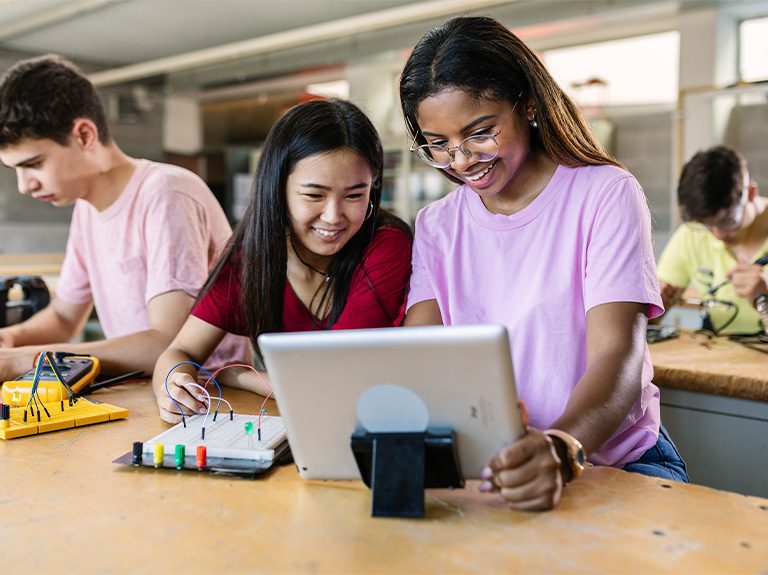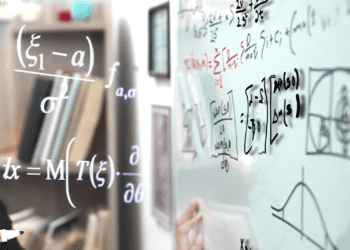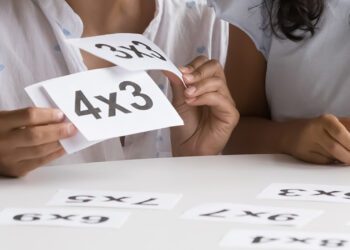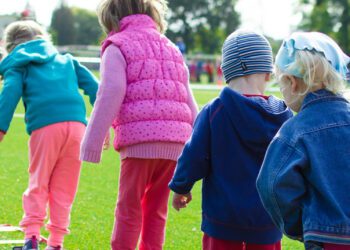The world is changing at lightning speed, and it’s important for young people to be informed and empowered as they prepare to make their marks on our society. Students can become thoughtful global citizens by practicing investigation, understanding, and communication in the classroom before they take these skills into real-world situations.
To help you inspire your students to tackle big ideas and issues, we’ve gathered the Top Ten SOS Instructional Strategies for Global Citizenship. Use these strategies to get your students involved in the global opportunities and challenges facing us today!
Investigating the World
Bring the wonders of the world to your classroom with strategies that allow your students to explore worldly topics, ask questions, and make connections between concepts. Try one of the following strategies to help your students encounter new information and start their journey toward becoming informed citizens!
- Visual Walkabout gives students a sneak peek of an upcoming unit using a gallery of images you share. You can display your gallery digitally or hang them on the classroom wall! This activity will encourage students to make connections and ask questions on critical topics.
- Maps come alive in the Where in the World strategy, which is used to help students explore and research cultures, governments, history, and nature around the world.
- Read All About It lets students practice making the connections between a main idea and supporting details. Write a catchy headline about a current event and have students write a summary statement by synthesizing evidence from a media clip and its transcript.
- The versatile Surround Sound strategy makes use of sound effects to create a specific environment or mood. By focusing on the sound only, students use their auditory sense to interpret information and imagine an event.
- Now Screening pairs a series of images and essential questions for a unit of study to preview content, make predictions, and create at the beginning of the unit. Revisit the images and essential questions throughout the unit as students build new knowledge!
Looking for more ways to bring real-life topics to your classroom? Explore DE's Virtual Field Trips!
Recognizing Perspectives
As students begin to build their own thoughts and opinions about concepts, it is important to create a space where they feel comfortable sharing their ideas and learning from others. These strategies will empower students to present their perspective while recognizing and respecting others’ perspectives on different topics.
- An Insta-post is worth a thousand words! The Instagramming strategy has students create Instagram-style posts in response to a DE video. Encourage students to explore others’ perspectives by having them “post” and respond to each other’s Instagramming responses.
- Considering Multiple Perspectives is a critical component of global citizenship. This powerful exercise asks students to assume a point of view from an image or video and write a narrative from that perspective.
- They Said What? This strategy will appeal to students who gravitate towards dialogue or graphic novels. Students consider two characters in an image and create the dialogue that can be logically inferred from the image or prior knowledge about the content.
Communicating Ideas
- 20 slides. 20 seconds each. That’s it! PechaKucha prescribes the format, you define the topic, and students find the images for a timed presentation. This strategy hones the ability to identify key ideas and details and to summarize.
- Based on everyone’s favorite game of X and O, XO Let’s Go is a tic-tac-toe adaptation all about taking turns and communicating effectively. Players earn Xs and Os by listening as their partner discusses what they learned—no repeats!
The next generation of changemakers and leaders is in your classroom, and citizenship-minded lessons allow them the chance to explore their place in the world!
Discovery Education has a wealth of resources to pair with these SOS Strategies that can introduce societal issues through standards-aligned learning experiences. Students can explore ways to take action in their communities with resources from Creative Visions, consider the perspectives and experiences of refugees through Teaching with Testimony, or become health-informed agents of change with Better Health in Action.
Turning the tassel for graduation means that students are entering the “real world”, which is full of situations and conversations that require citizens to be informed and ready to stand up for what they believe in. Helping students build communication skills and understand differing perspectives not only helps change students into scholars, but it also helps build a society of critical thinkers.



